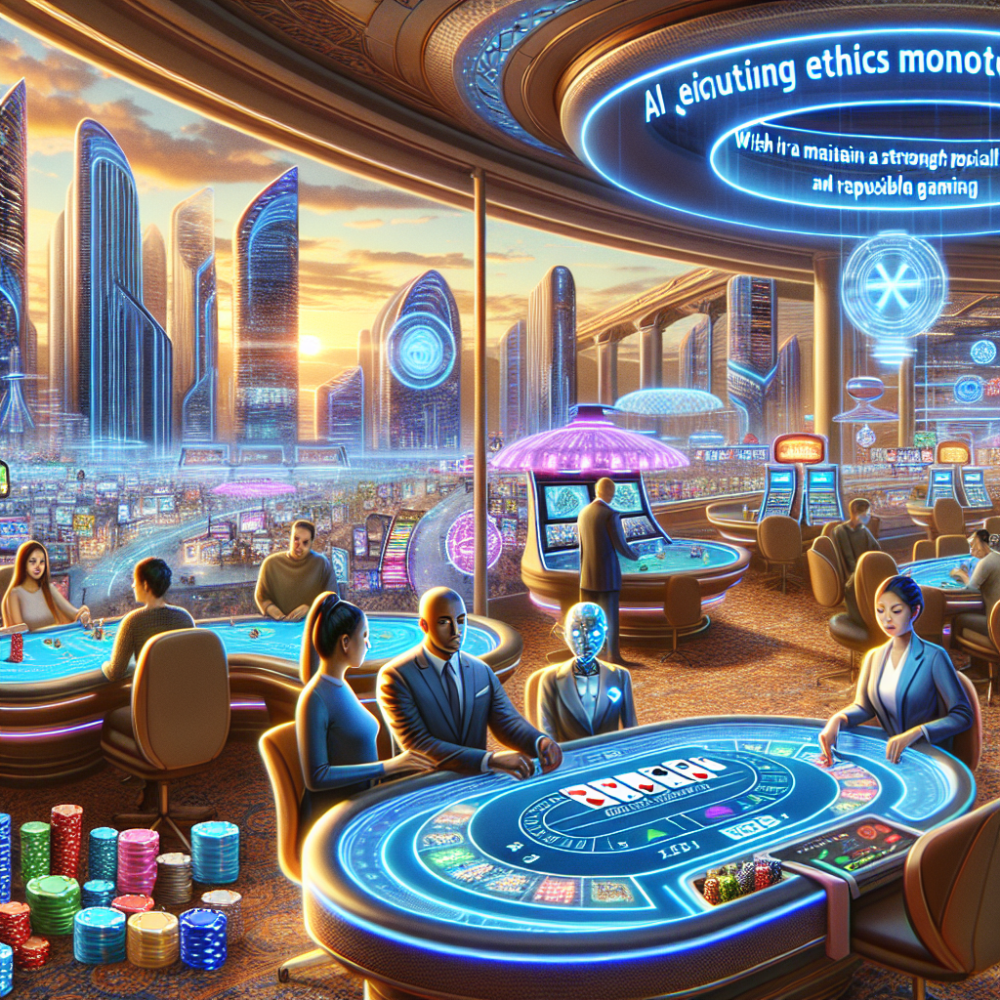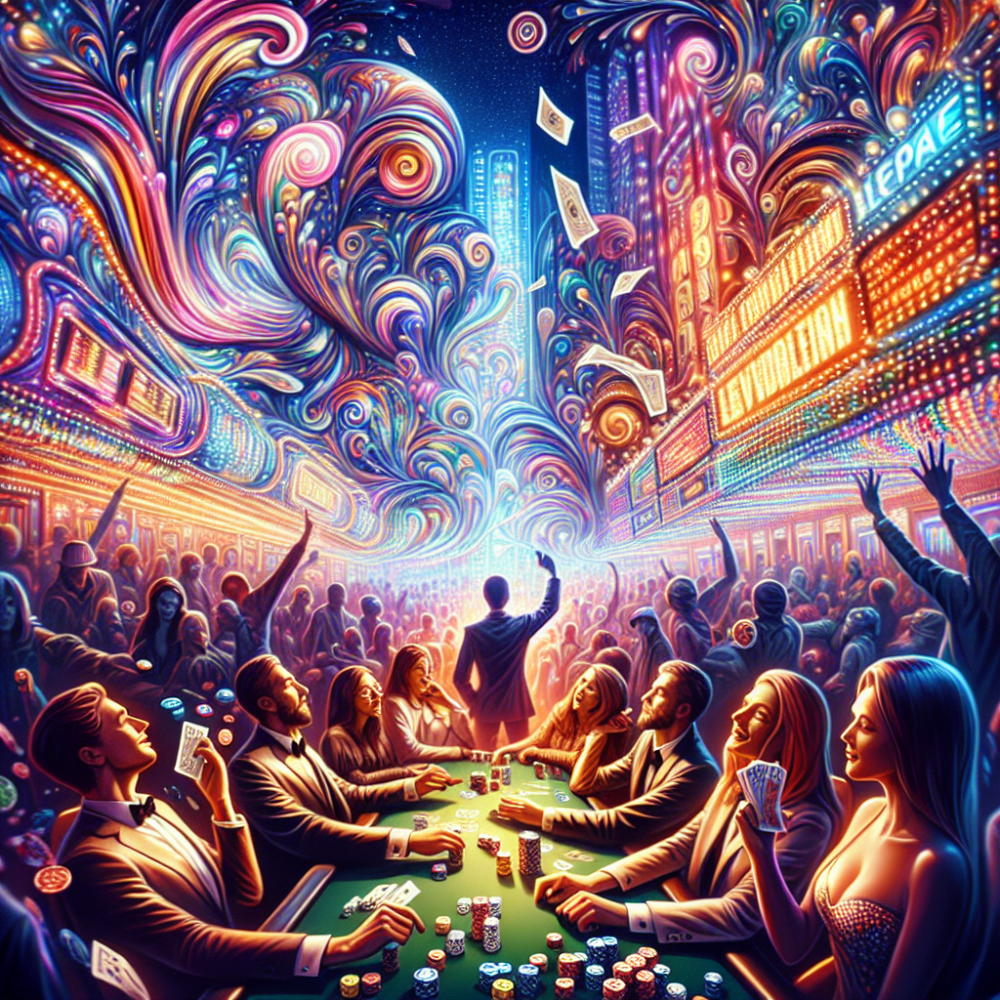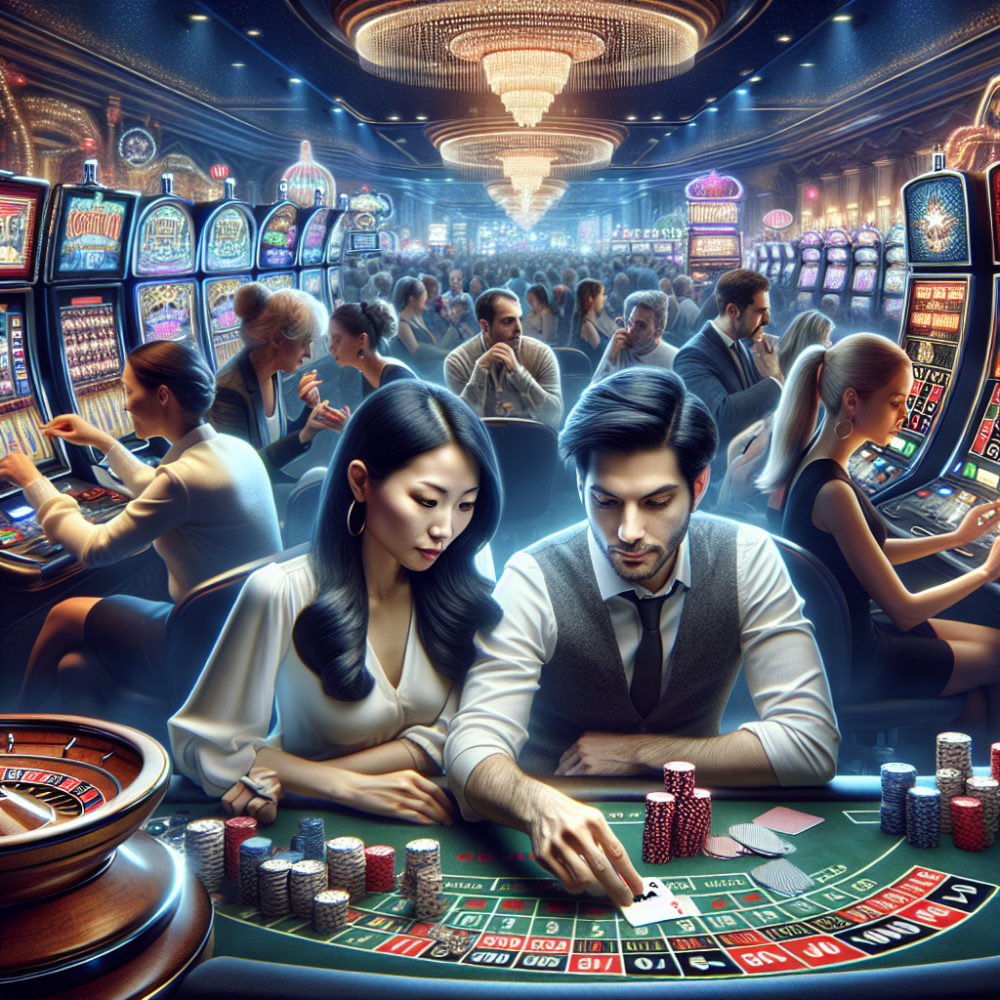Casinos are more than just venues for gambling; they are intricately designed environments that aim to maximize customer satisfaction, increase operational efficiency, and optimize financial performance. The design of a casino plays a pivotal role in influencing guest behavior, creating a memorable experience, and ensuring the smooth functioning of gaming and non-gaming operations. This post explores the sophisticated strategies behind casino design, focusing on both the guest experience and operational efficiency.
1. Psychological Impact of Layout and Design
The layout of a casino is meticulously planned to influence the psychology of its visitors. The goal is to create an environment that encourages guests to stay longer and play more, thereby increasing their potential spending. Casinos often employ a maze-like layout that makes it easy for guests to enter but harder to find a direct path out. This encourages exploration and exposes guests to more games and playing opportunities.
Color schemes, lighting, and sounds are also strategically chosen. Warm colors such as red and yellow are stimulating and are often used to energize guests. Lighting is typically dimmed to create a cozy, intimate atmosphere, yet bright enough to keep the energy levels up. The constant sounds of winning, from the ringing of slot machines to the cheers at the craps table, create an atmosphere of excitement and possibility.
2. Maximizing Comfort and Engagement
Comfort is paramount in casino design. Luxurious seating, spacious layouts around gaming areas, and controlled temperature settings ensure that guests remain comfortable and, therefore, stay longer. The placement of restrooms, bars, and eateries is also strategic. These facilities are usually located deep within the casino, ensuring that guests pass by many gaming areas to reach them, potentially tempting them to play more.
Engagement is enhanced through the integration of high-tech elements. Interactive gaming machines, seamless mobile integration, and personalized gaming experiences are becoming standard. These elements not only enhance the gaming experience but also help casinos collect data on guest preferences and behavior, which can be used to tailor marketing strategies and improve operational efficiencies.
3. Operational Efficiency in Design
Efficiency is crucial not just for guest satisfaction but also for the bottom line. The placement of games is carefully considered to optimize traffic flow and distribution of guests across the gaming floor. High-traffic games like slots are placed in easily accessible areas, while high-stakes table games are located in more secluded areas, which can create an exclusive atmosphere for more serious players.
Behind the scenes, the design is equally important. Employee pathways, the layout of the surveillance centers, and access to cash and storage areas are designed to maximize efficiency and security. The strategic placement of surveillance cameras and the visibility of security personnel help deter theft and ensure a safe environment for guests and staff alike.
4. Multi-Use Spaces and Non-Gaming Revenue
Modern casinos are entertainment hubs, offering a wide range of non-gaming activities. The design of casinos today often includes multi-use spaces that can be used for events, shows, and conferences. These spaces not only attract different demographics but also help in generating additional revenue streams.
Restaurants, shops, and spas within the casino add to the guest experience while providing substantial non-gaming revenue. The design and location of these facilities are critical. They are usually positioned to ensure that guests pass by key gaming areas, thus providing more exposure and potential gaming revenue.
Conclusion
The design of a casino is a complex, multi-faceted endeavor that significantly impacts both guest experience and operational efficiency. Every element, from the layout of the gaming floor and the choice of color scheme to the integration of advanced technology and the design of multi-use spaces, is carefully considered to create an environment that entices, engages, and retains guests. As casinos continue to evolve, the innovation in their design will remain a critical element in their success, continually enhancing guest experiences and operational efficiencies in new and exciting ways.




